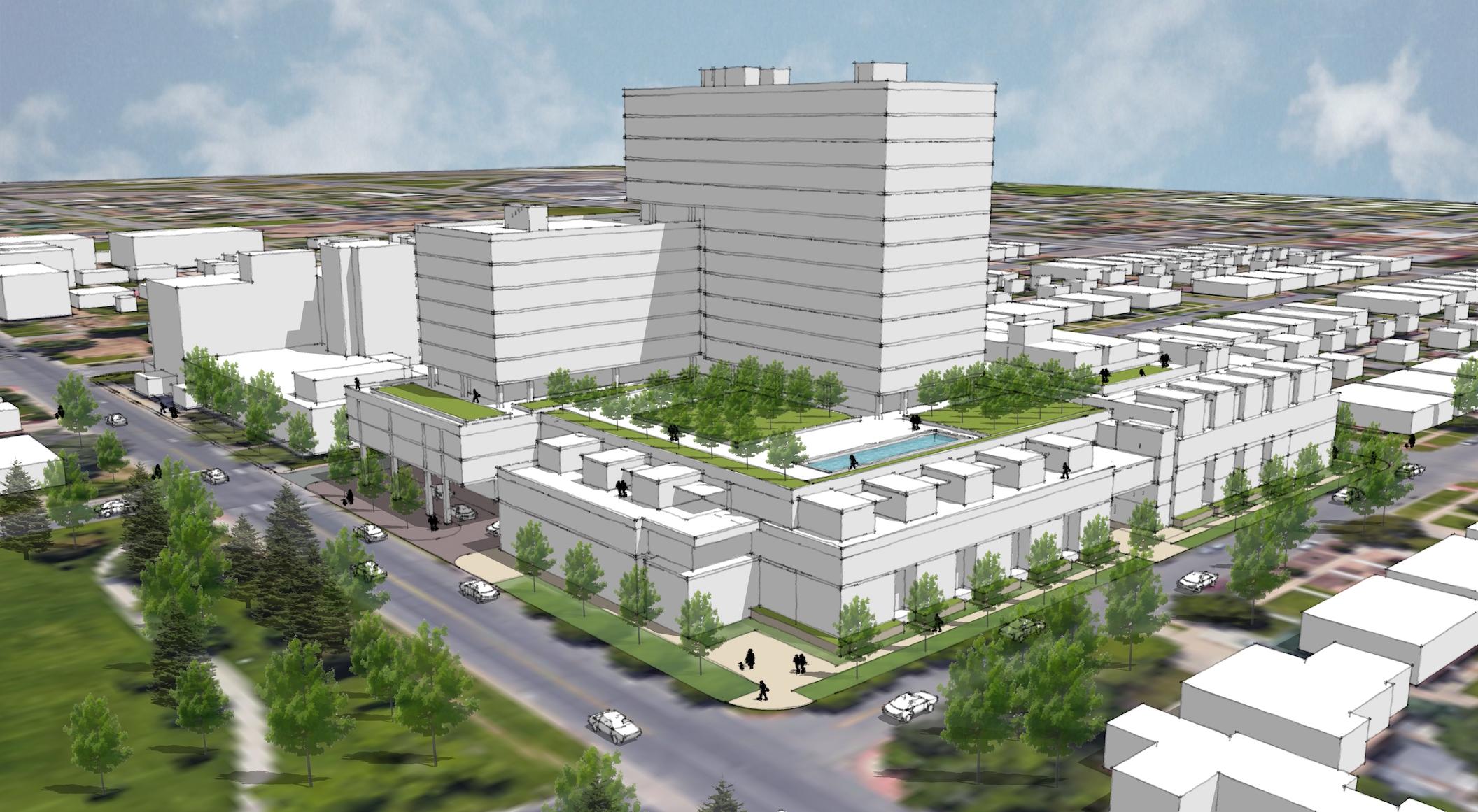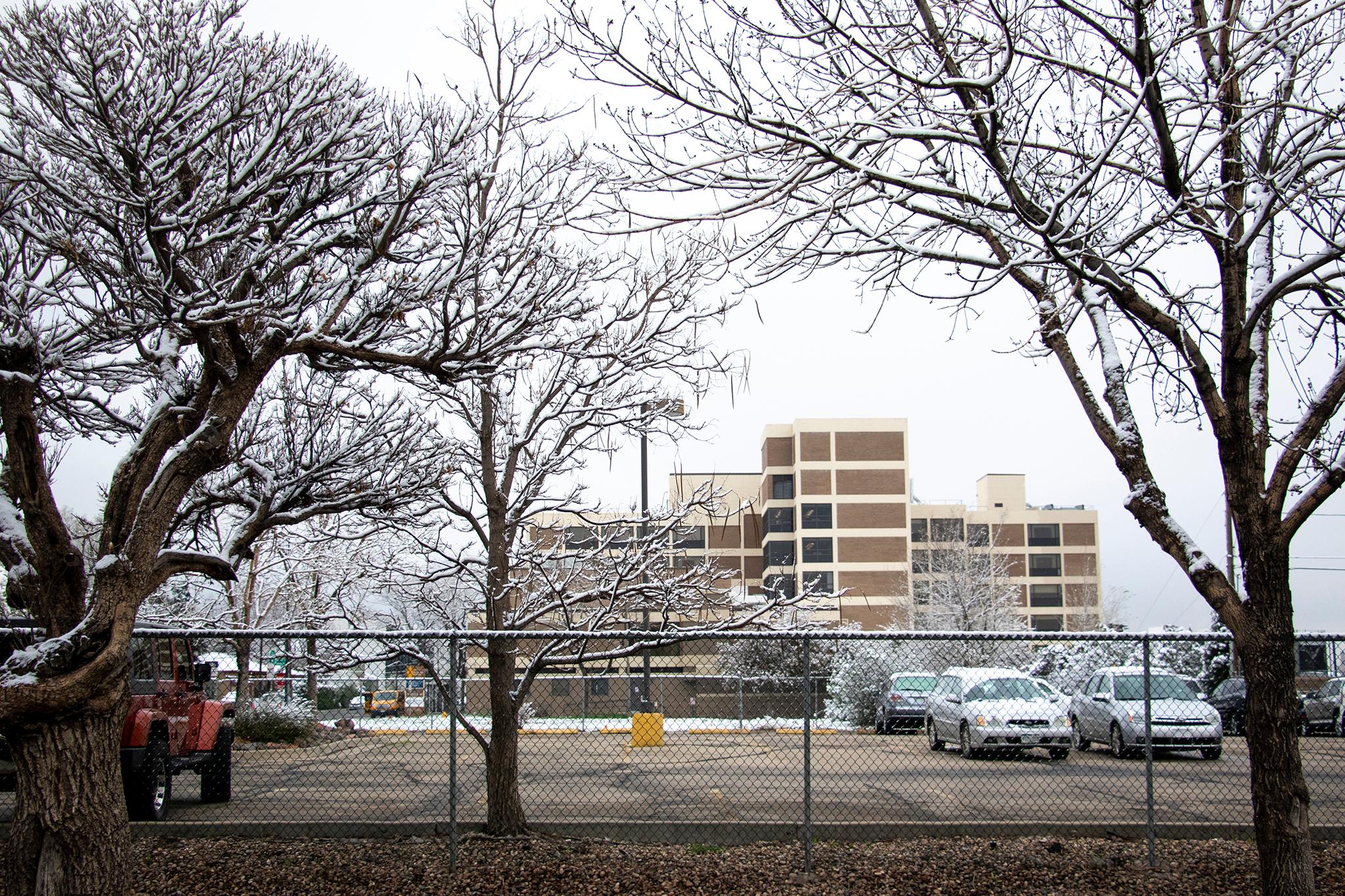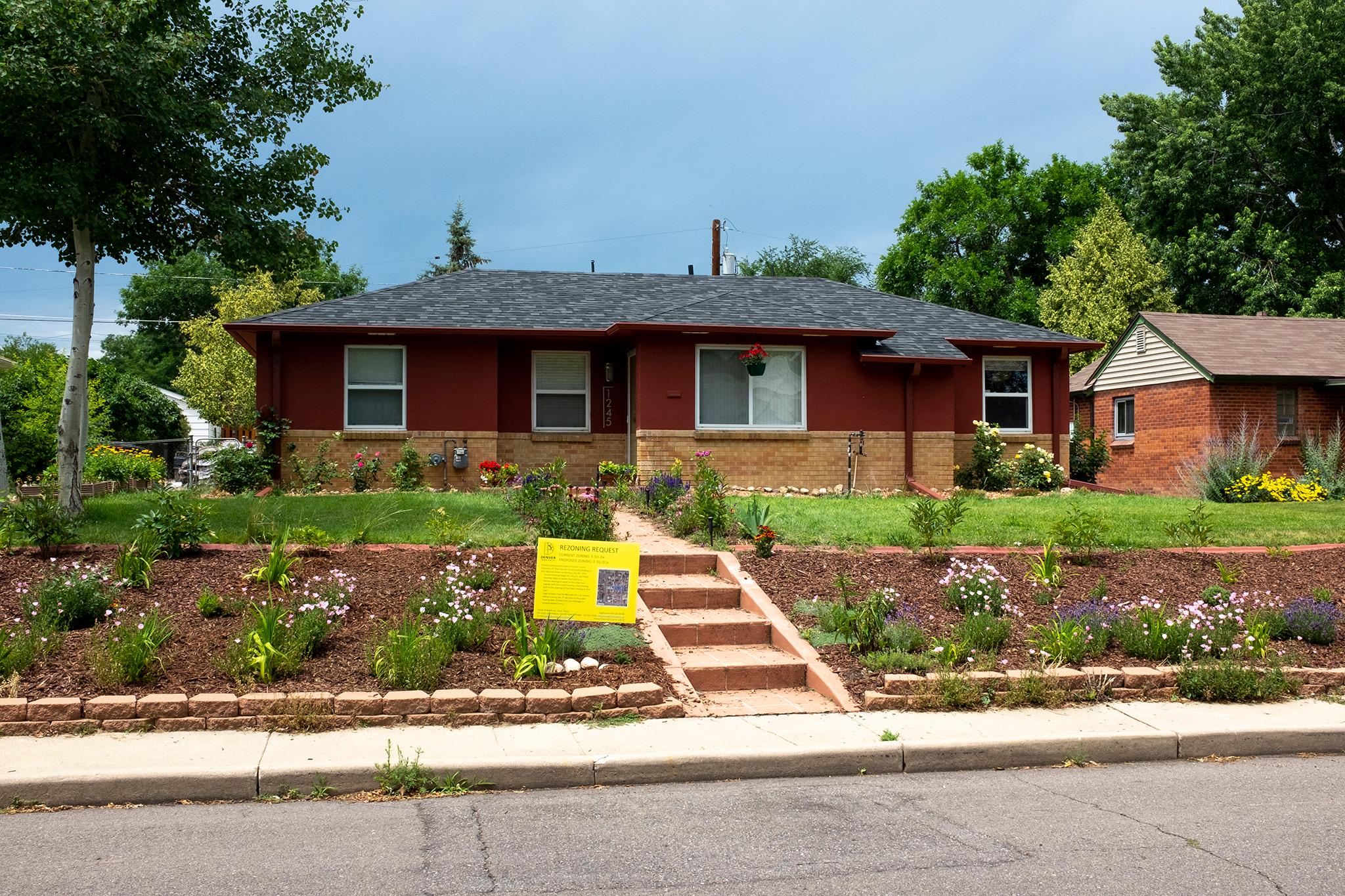A rezoning request that involved a simple granny flat and prompted a protest that required some tricky math is rooted in a long and complex history and connects Denver to communities across the country.
The protest -- a supermajority petition protest -- also raises some philosophical questions.
"The more land you own, the more your vote means," Mary Beth Susman said of the petition process on July 8, during her last public session representing District 5 on City Council.
Then she cast her own vote along with all 12 of her colleagues, surmounting a supermajority protest from eight petitioners to approve rezoning to allow that granny flat, also known as an accessory dwelling unit.
Say you're a homeowner like Steve Elkins, who wanted to build an accessory dwelling unit behind his East Colfax home. Or a developer who wants to build something much bigger that perhaps includes dozens of units that will be offered at below-market rates to low- or moderate-income families.
When the neighbors hear, some worry that their streets will be choked with cars, parked or otherwise. That their views will be ruined. That they'll be pushed out by newcomers pushing up property values, or see their retirement plans destroyed if the values go the other direction. That the place they call home will be transformed in profound ways they can't even imagine.
Such concerns might motivate a neighbor to peruse the voluminous Denver Zoning Code, which includes this passage about "official map amendments," the term planners use for rezonings:
"If a protest to an official map amendment signed by the owners of 20 percent or more either of (1) the area of the lots included in such proposed change; or (2) the total land area from the perimeter of the area proposed for change to a distance of 200 feet outside of the perimeter of the area proposed for change, is filed with the City Council ... then the amendment shall not become effective except by the favorable vote of 10 members of the City Council."
That would make a rezoning, which can normally be approved by a simple majority, more difficult to obtain than an override of a mayoral veto, which takes nine votes of Denver's 13-member council.
It's not a matter of 20 percent of the neighbors forcing a supermajority. If one person owns 20 percent of the land adjacent to a new development, that one person's signature would be enough for a protest petition to be valid -- even if everyone else in the neighborhood loved the idea, say, of new affordable housing. In the case of the East Colfax ADU, the eight neighbors who signed the petition owned 21.6 percent of the land around Elkins' lot.
"I think the 20-percent is a really low threshold and a somewhat arbitrary number," said Denver architect and urbanist Gosia Kung.

"One person could potentially file a veto petition for a project that could be potentially beneficial for the community," she said "It's kind of an imbalance of power. It gives more affluent residents more power."
On the other hand, said Christine O'Connor of Inter-Neighborhood Cooperation, a savvy developer could buy up all the land bordering his or her own project, ensuring no one could pursue a supermajority even if the whole neighborhood hated that proposed apartment building.
O'Connor co-chairs the zoning and planning committee of the registered neighborhood organization umbrella group known as INC. But she said the committee has not taken an official position on supermajority petitions. She said she was speaking on only her own behalf when she said the protest process, while imperfect, was key to giving neighbors a voice. Particularly given that, she said, before many residents who care deeply about their neighborhoods hear about proposed projects, developers have had a chance to refine their plans with help from city staff.
"As I have frequently commented, INC ... is far from ideal in representing community throughout Denver," she said, stressing "far."
"But it is the best vehicle we have. Similarly, this protest process is far from ideal and in most cases can't even be used, but should stay in the toolbox for now."
Rafael Espinoza, who left City Council in July after representing District 1 for a term, believes the city has pursued a one-size-fits-all approach to development that has made it hard for residents to shape their neighborhoods.
"The administration is still far too beholden to the notion that developers have a stronger voice than the people of the city who live here," he added.
Espinoza said he has seen the protest mechanism help his West Denver neighbors bring concerns to politicians and officials who "basically felt like they did not need to listen to the community."
But he would like to do some perfecting, noting the lack of any mechanism to usher through a proposal if it is supported by most of those directly affected. If he were to revise the rules, Espinoza said, he would look for a way to enable the people who would be most affected "to have the most traction."
Sometimes, that could be renters. Not to mention people who might want to live or own in a neighborhood but have been prevented from doing so by, for example, historic red-lining.
The supermajority trigger can only be pulled by landowners. Espinoza said that has deep roots in American politics, saying the Constitution basically takes the position that "if you want to have property rights, you should purchase the land."
The supermajority mechanism isn't the only example of the persistence of that idea. Only property owners, including those who don't live in the city, got to vote in balloting that ended July 31 on whether to remove the name Stapleton from that northeast Denver neighborhood. Some people got more votes because they owned multiple properties.
Benjamin Stapleton, who was a member of the Ku Klux Klan, was mayor at the time the supermajority provision became Denver law. It was adopted as part of the city charter -- it's included in zoning documents as well for convenience sake -- in the 1920s. At the time, communities across the country were adopting similar provisions, following zoning models devised at the national level.
Zoning was seen as a way to protect and even enhance property values. Zoning also codified social and racist norms, entrenching segregation, for example. And it created realities now being questioned, such as the preponderance of single-family homes in neighborhoods, a pattern that bedevils modern-day planners trying to bring down home prices and reduce traffic with multifamily housing or multi-home lots.
A quick internet search shows supermajority mechanisms in cities and counties in Alaska, California, Kansas, New York, Texas and Wisconsin. In 2017, amid concern at the power wielded by an extreme minority of property owners, Arizona lawmakers made it harder in that state to force supermajorities in zoning cases.
Housing activist Randy Shaw sees Denver as a progressive, innovative city when it comes to addressing an affordability crisis it shares with metros across the country. That makes him wonder why Denver hasn't taken steps similar to Arizona's to reform its supermajority mechanism,
Requiring a supermajority for a housing proposal is unfair and Denver's threshold seems particularly low, said Shaw, founder and director of San Francisco's Tenderloin Housing Clinic and author of "Generation Priced Out: Who gets to live in the new urban America."
Urbanist Kung, no fan of the supermajority provision, points out that because it is in the city charter, changing it requires organizing an initiative to put to a vote of the people of Denver.
"Not an easy project for someone to take on," she said.


Zocalo Community Development principal David Zucker is resigned to the supermajority as part of the landscape he has to navigate.
The mechanism was invoked when Zocalo proposed a range of buildings of up to 16 stories -- housing, retail and community space as well as 320 apartments and condos, 160 priced below market rate for low-income residents. When it came time for a City Council vote in June on the project slated for near Sloan Lake, one member had to recuse himself because he had sponsored the rezoning application and another was absent. That meant Zucker could afford to lose only one vote. He squeaked through.
Zucker said when the supermajority mechanism is invoked, it often means "we obviously failed with the neighbors, which is unfortunate."
When neighbors push for a supermajority vote, Zucker sees it in the context of the stress many in Denver are feeling as the city changes quickly.
"I certainly would wish that it was not there," he said. "But I understand it and recognize it."
For a developer, the uncertainty creates its own stress. One way to address that "capricious" aspect, Zucker mused only half-seriously, might be to require 10 votes to approve any rezoning.













